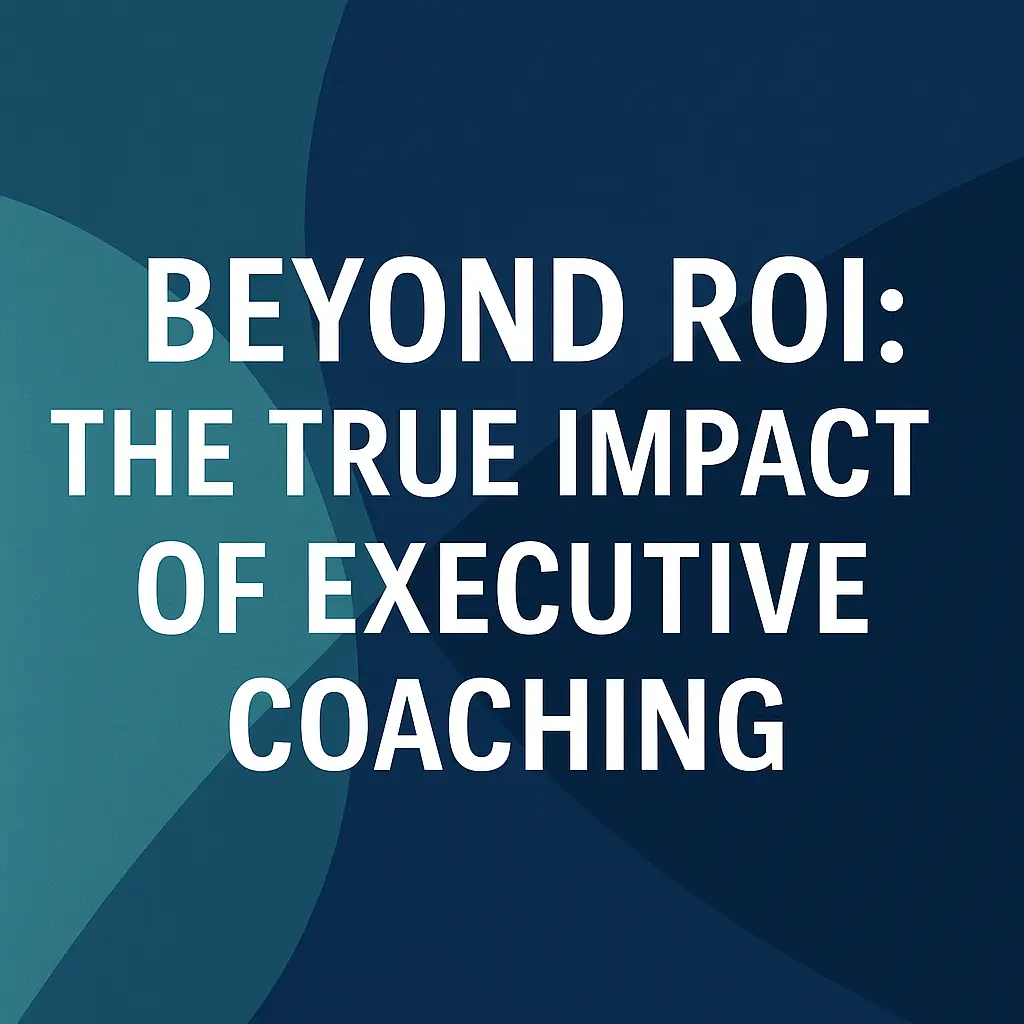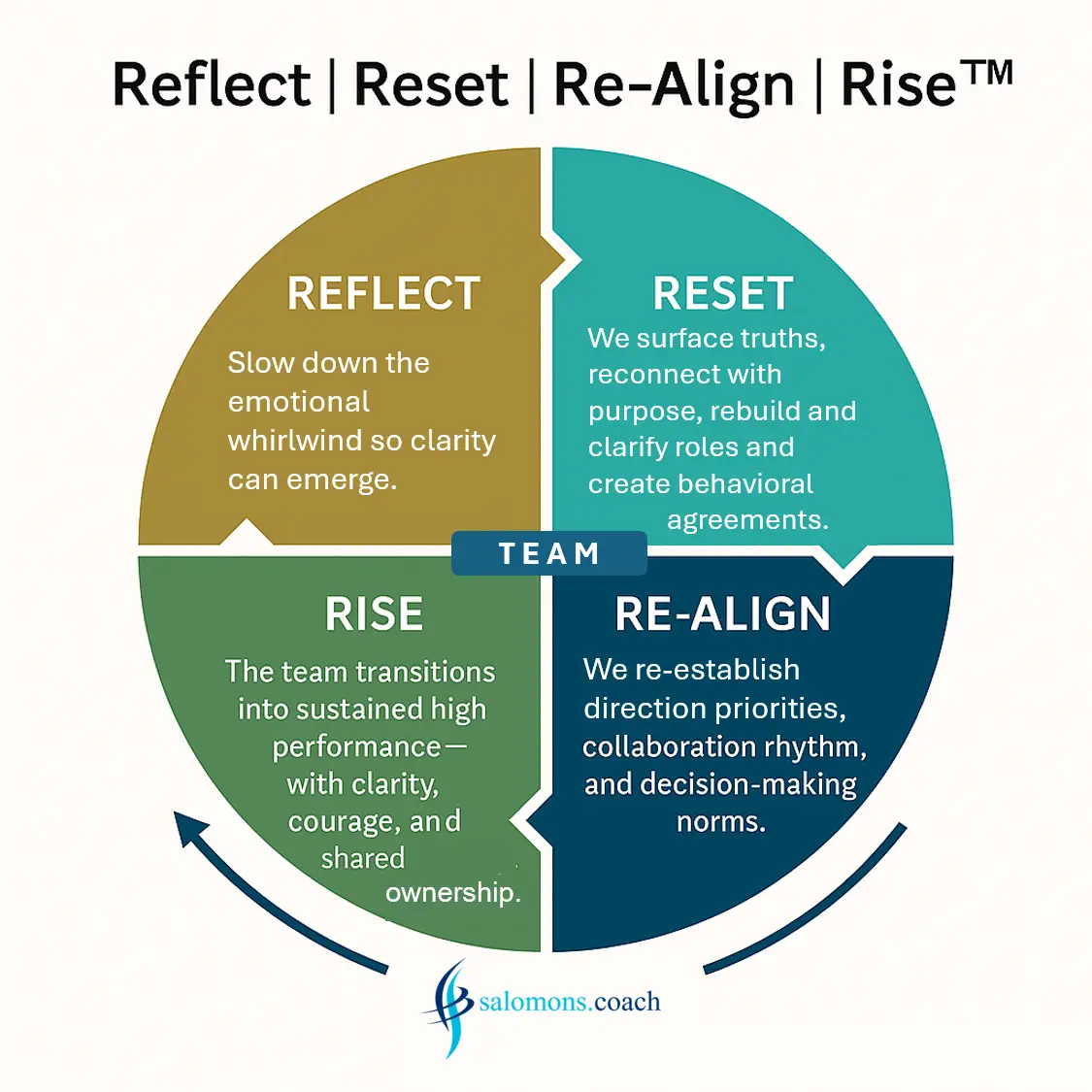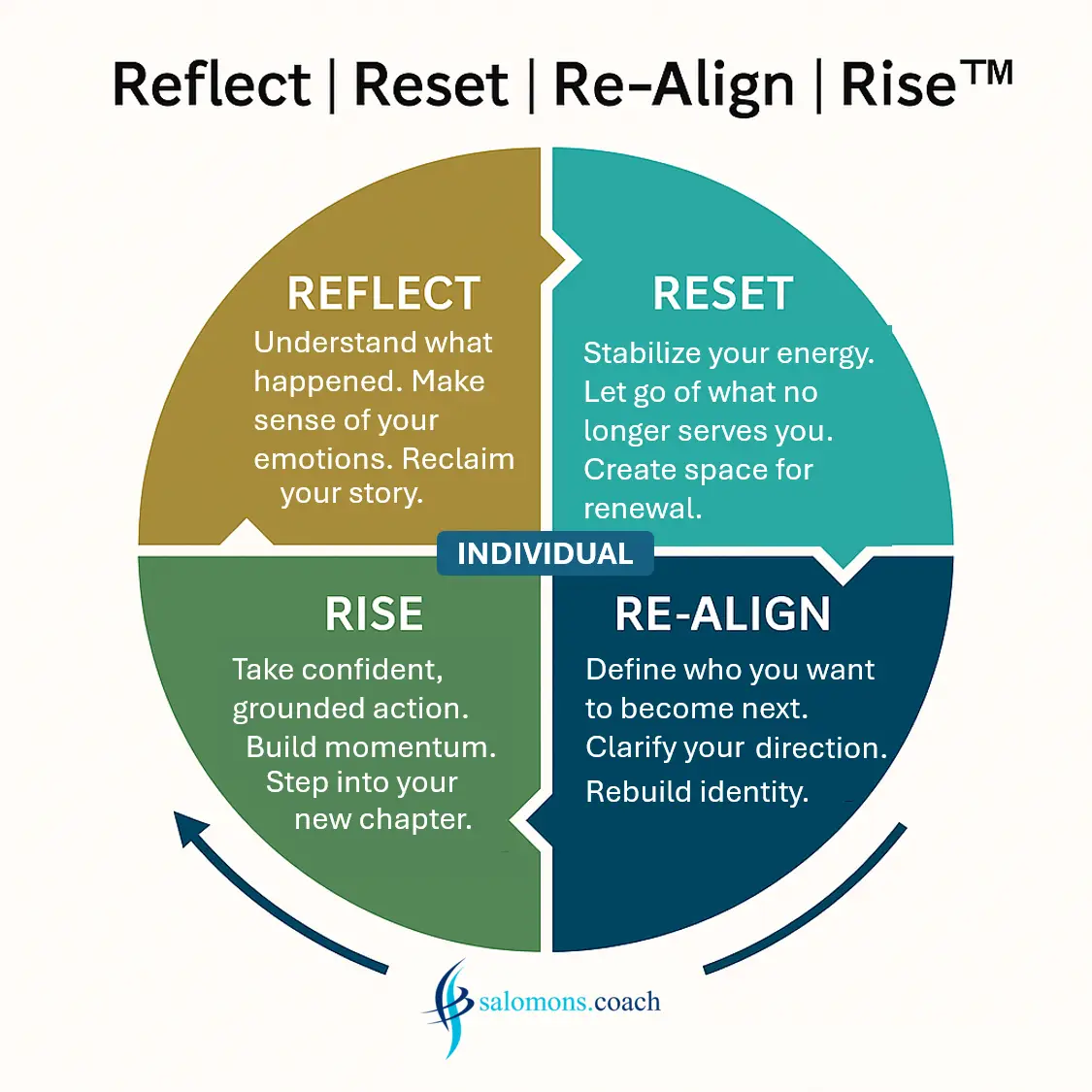Beyond ROI: The True Impact of Executive Coaching

Beyond ROI: The True Impact of Executive Coaching
We often measure coaching with KPIs and financial outcomes. Fair enough — but it doesn’t tell the whole story. The deepest value of coaching lives in sustainable behavioral change, which becomes visible only when we combine numbers and narratives.
The ROI Paradox
Ask “What’s the ROI of coaching?” and you’ll get metrics: performance KPIs, engagement scores, 360-feedback. Useful — yet incomplete. What often remains unseen is the inner transformation: increased self-awareness, emotional regulation, and deliberate leadership behavior.
Reduce growth to numbers alone and you miss the pivotal moments where mindsets truly shift.
Stories Speak Louder
Real-world stories — a leader choosing to listen rather than control; a team feeling more trusted — often reveal the essence of lasting change. They show how transformation happens, not just that it does.
“We do not learn from experience; we learn from reflecting on experience.”
That’s why a blend of data and narrative gives the truest picture of progress.
The Executive Coaching Journal

A simple yet powerful tool is the development journal — a reflection tool that helps coachees consciously track their growth over time. It consists of three key components:
- Growth Goal: Connect your goal to your professional context. Start each session with “What do I want to get out of today?” and end with “What did I take away?”
- Action Log: Record specific actions (a feedback conversation, delegation, addressing a difficult topic) and reflect on the outcomes during the next session.
- Forward Plan: At the end of your coaching journey, revisit your original goal, capture key insights, and define your next steps.
This creates a visible story of growth — complete with challenges, insights, and breakthroughs.
What This Looks Like in Practice
Sophie sought to move from operational pressure to strategic focus. By consistently blocking reflection time and keeping small commitments, her clarity grew. Her board presentation became the visible inflection point.
Raphael, a tech CEO, worked on stress management. His journal captured micro-wins: pausing before reacting, walking before escalating. His team noticed a calmer, more balanced leader — and his physical energy improved.
This shows what spreadsheets can’t: the human dimension of growth.
What This Means for Leaders & Organisations
- Embrace nuance: KPIs matter, but they’re not the whole story.
- Invest in reflection: Encourage leaders to document growth — it builds ownership.
- Be patient: Real transformation is rarely linear; setbacks are part of the journey.
- Use stories in evaluation: Invite narratives about what people noticed and experienced.
In Closing
The true impact of coaching lies where numbers meet meaning. It’s not either-or, it’s both-and. When we combine metrics with humanity, coaching shifts from an intervention to a transformation.
Curious how to apply this in your organisation — or to start your own development journal? Let’s connect.
Based on “Beyond ROI: The True Impact of Executive Coaching”, published by INSEAD Knowledge.
- Share:
You may also like

The 10 Executive questions that change everything
- November 21, 2025
- by salomons.coach
- in Blog



